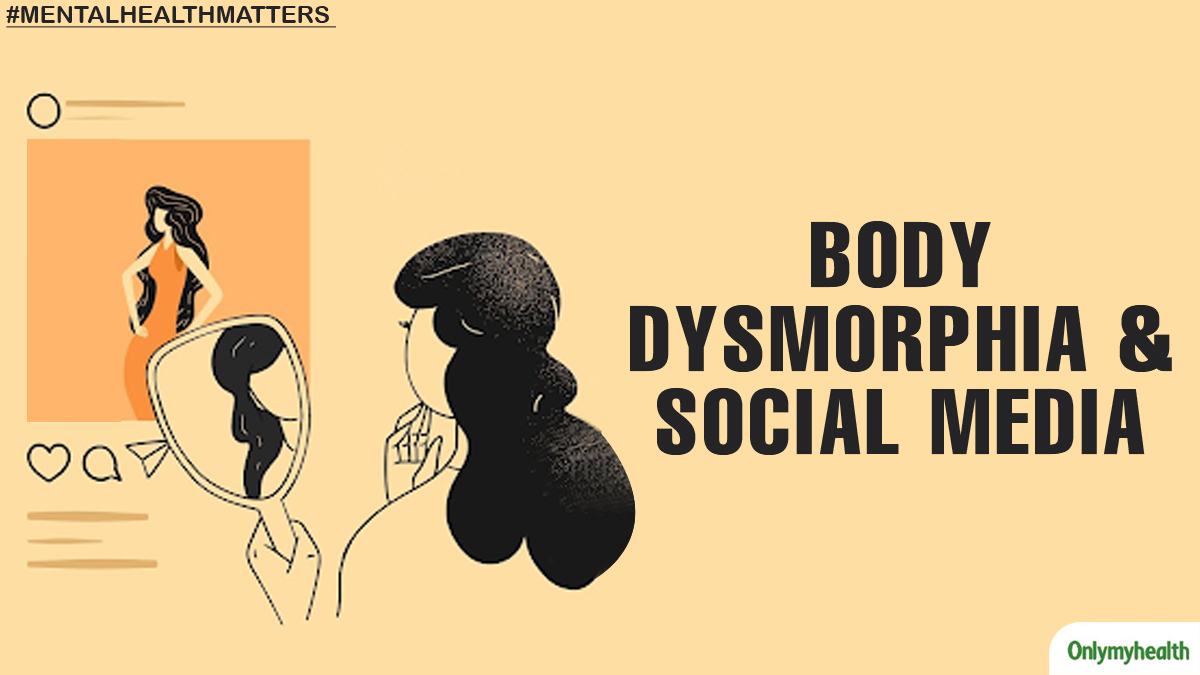The keto diet is everywhere. In fact, it’s likely you’ve either heard a gym buddy talking about it, a family member mention it, or you’ve seen more and more new “keto products” pop up on grocery store shelves.
But what exactly is the keto diet, and why is it so popular? And more importantly, is it a good option for bodybuilders and lifters looking to gain and preserve muscle?
We’re about to get into everything you need to know about the keto diet, including how it works, how to use it for bodybuilding, the ideal times to use it, and what to eat when you’re on it.
After reading this guide, you’ll have a clear idea of whether the keto bodybuilding diet is a good option for you.
Table of Contents:
- The Basics of Keto Bodybuilding
- Different Types of Keto Diets
- Pros & Cons of a Keto Bodybuilding Diet
- Fat Loss Vs. Muscle Gain on a Bodybuilding Keto Diet
- Best Ketogenic Bodybuilding Foods
- Tips For Bodybuilders Following the Keto Diet
- Macros on the Keto Diet
- Grocery List for Bodybuilders on a Keto Diet
- Keto Diet Meal Plan For Bodybuilders
- FAQs
- Is the Keto Bodybuilder Diet Right For You?

The Basics of Keto Bodybuilding
The keto diet is unique in that it requires you to follow fairly specific guidelines that invoke a physiological change within your body.
The primary purpose of the keto diet isn’t to build muscle or lose weight.
Alternatively, it’s to cause a metabolic shift that potentially provides some health benefits. With this in mind, starting the keto diet can be a bit more challenging than other diets, so we’re about to break it all down.
What exactly is the ketogenic diet?
The ketogenic diet is an ultra-low-carb, high fat diet, only allowing a minimal carb intake, enough to provide glucose for brain function. This is generally set somewhere around 20-50 grams, and it may be a little higher for athletes.
Under normal eating circumstances, your body uses glucose as its primary energy source. If all of the energy isn’t used, your body then takes the remaining glucose and either converts it to muscle glycogen, which is stored in the liver and muscles, or stores it as fat.
When you minimize the number of carbs you’re eating, it causes a metabolic shift in your body so that your primary fuel source is ketone bodies, rather than glucose.
What are ketones?
Ketones, or ketone bodies, is a term that describes a group of different compounds that are produced by the liver breaking down fats. There are, in fact, three different ketone bodies, including beta-hydroxybutyric acid (BHB), acetoacetate (AcAc), and acetone (Ace).
Of these three, BHB is the easiest for the body to utilize. When speaking about the keto diet, there are two sources of ketones:
- Exogenous Ketones: These are ketones that are ingested from supplements.
- Endogenous Ketones: Endogenous ketones are those that are formed within the body naturally.
What is ketosis?
During a normal state of eating, ketone bodies in the blood are usually around 0.5 mM. During times of fasting or low-carb diets, the production of ketones increases greatly and creates a higher concentration.
Ketosis is defined as a period of time when ketone levels rise between 0.5 mM and 2.0mM, while hyperketonemia is defined as concentrations rising above 3.0mM¹.
How to get into ketosis
Getting into ketosis occurs when your body has been deprived of carbs for long periods of time. This can occur from either fasting (the cessation of eating) or from the ketogenic diet (eating less than 50g of carbs a day).
It will take most people 2-4 days to enter ketosis and may vary depending on several factors, such as previous carb intake, age, and activity level.
How to know you are in ketosis:
The only sure way to know that you are in ketosis is by testing your ketone levels through your blood or urine.
Using blood strips is the most accurate way as it directly measures the ketones in your blood, similar to the way diabetics test their blood sugar. As mentioned above, ketosis is defined by having a blood level of ketones of 0.5 mM – 3 mM.
Different types of keto diets
While we speak about the ketogenic diet as a singular diet, there are 5 different models within the keto diet you can follow.
Here’s a brief overview of each.
- Standard Ketogenic Diet: This is your basic ketogenic diet that has a macro content of 75% fat, 20% protein, and 5% carbohydrates.
- Targeted Ketogenic Diet: The targeted ketogenic diet is aimed at athletes and bodybuilders as it allows a higher carb intake 30 minutes before a workout. This provides them just enough extra carbs that they have more energy during their workout, yet can still burn through them quickly.
- Cyclical Ketogenic Diet: A cyclical ketogenic diet requires you to cycle in and out of ketosis. It generally has you follow 5 days of ketosis, followed by 2 days of carbs. This can theoretically improve long-term adherence rates by allowing breaks for high-quality carbs.
- High-Protein Ketogenic Diet: A high-protein ketogenic diet’s macros are 60% fat, 35% protein, and 5% carbs. The higher protein may be effective for athletes and those who are obese. As a warning, if you eat too much protein, your body will convert it into glucose through a process known as gluconeogenesis, which can kick you out of ketosis.
- Restricted Ketogenic Diet: A restricted ketogenic diet is primarily used in a medical setting. It is a very low-calorie, low-carb (only 12g of carbs daily) option. It has several medical uses, and results show it may be promising against fighting cancer.
All of these options have potential uses, and the theory behind their structure makes sense. However, the only ones that have been studied enough to make trustworthy conclusions are the standard keto diet and the high protein diet.
That said, this guide will primarily address the standard keto diet as it’s most often used.

Pros of A Keto Diet for Bodybuilders
Considering a keto bodybuilding diet? Here’s a look at the pros of using keto for bodybuilding.
- Maintain Muscle Mass: In terms of fitness, the most promising benefit is the ability for individuals to maintain lean muscle mass while in ketosis². This seems to even occur during times of high stress or when in a caloric deficit. As a bodybuilder, this is a huge plus as gaining muscle is only half the battle. You must also be able to keep it, and you certainly don’t want to lose muscle.
- Teaches Your Body to Produce Ketones: Your body’s ability to make ketones provides benefits that taking a ketone supplement can’t match. In fact, taking ketones doesn’t really do anything other than provide your body with ketones for a limited period of time. On the other hand, when you teach your body to produce ketones, it creates a long-lasting shift in how your body breaks down fat for energy, which you’ll be able to benefit from for a long period of time.
- Effective For Treating Diabetes, Epilepsy, & Cancer: While not necessarily specific to bodybuilders, the keto diet has been found to be effective in helping treat diabetes, epilepsy, and cancer. In fact, keto’s creation began as a treatment for epilepsy, and its role in treatment is starting to return in popularity with doctors.
Cons of A Keto Diet for Bodybuilders
There are 3 serious cons to consider before starting a keto bodybuilding diet. To determine if keto is right for you, in addition to reviewing these, it may be helpful to check out our article comparing keto vs paleo, as it shows similarities and differences between two different eating styles, along with more information on what you can and cannot eat on keto.
- Metabolic Stress & Bulking: This is one of the most important concerns a bodybuilder should have with the ketogenic diet. Studies have shown that when bodybuilders consume a low quantity of carbs, their ability to build muscle is mitigated and muscle protein synthesis can be attenuated³. Further, a ketogenic diet can reduce cravings, impeding a lifter’s ability to eat enough calories, particularly when following a bulking workout.
- Decrease in Strength: When you first begin keto, your body goes through an adjustment period commonly referred to as the “keto flu.” Your body is adjusting to new metabolic demands during this time, which can initially cause negative responses, including a drop in strength and power output⁴.
- Reduced Athletic Performance: A low-carb diet is believed to affect glycolysis. Basically, as your body adapts to using ketones for fuel, its efficiency at using carbs in glycolysis is reduced⁵. This can also mean reduced athletic performance within this time.
Fat Loss vs. Muscle Gain on Keto Diet
Let’s get into the nitty gritty of bodybuilding on keto. We’re going to look at how keto works when trying to build muscle or lose weight.
How to gain muscle on the keto diet:
An important question that all lifters should ask is whether you can build muscle on keto.
Gaining muscle and improving strength on keto can be difficult. Even when in a calorie surplus, lifters still have issues when they try to build muscle on keto³. Researchers aren’t exactly sure why, but carbs seem to play an intricate role in anabolic growth.
Carbs have always been one of bodybuilders’ favorite tools for muscle building. In fact, carb manipulation is often used by bodybuilders to increase their glycogen stores. In general, carbs are an intricate part of a bodybuilder’s diet, but they can’t be when you’re on keto.
If you want to build muscle on keto, consider using a targeted keto diet or even a cyclical diet, and plan your muscle hypertrophy work around your increased carb intake.
How to get shredded on the keto diet:
In terms of the benefits of keto diet for bodybuilding, getting shredded is where it shows the most promise. Remember, a keto diet’s primary purpose is to adapt to using fat for fuel. As a result, your body is able to better utilize your fat stores for energy.
Now, when we look at bodybuilders’ biggest concern when it comes to weight loss or following a cutting plan, it’s losing muscle mass. During times of a calorie deficit, there’s a risk of losing muscle mass as the body turns to other fuel sources for energy. After carbs, this only leaves stored body fat or muscle mass. Typically, your body turns to fat, but it will also break down muscle to reach essential amino acids that can be converted into glucose.
But during a keto diet, your body utilizes fats very effectively. As a result, it won’t need to break down your muscle for fuel. As a bodybuilder isn’t as worried about strength, concerns about performance are also null. From here, a bodybuilder can theoretically cut weight worry-free during a preparation phase and then reintroduce carbs before the competition to fill out.
A 2022 study looked at this specifically in natural bodybuilders. After two months of training, bodybuilders dropped a significantly higher amount of body fat following a keto diet. However, the traditional diet group gained a significant amount of muscle mass. They concluded that a keto bodybuilding diet could be advantageous during the preparation phase (cutting) but not the bulking phase⁶.
To use keto to cut weight, you simply need to get into ketosis, ideally as quickly as possible. One possible way to do this is to take exogenous ketones. Several studies show that when taking an exogenous supplement, you can increase your ketone levels significantly faster⁷. One study even found that when taking exogenous ketones, a group of rats saw significantly more fat loss than those who didn’t⁸.
You will also need to cut your carbohydrate intake quickly. In other words, don’t taper your drop in carbs. With that in mind, it will likely take a bodybuilder with experience getting into ketosis to optimize this transition.
Can you lose fat and build muscle at the same time on a keto diet?
Gaining muscle while simultaneously losing weight is difficult even when following a more traditional diet. Body recomposition in this way is really only feasible when you first begin lifting weights, as the stimulus is so new.
However, your body requires a significantly higher stimulus after you become a more advanced lifter. As losing weight requires a caloric deficit and muscle growth requires a caloric surplus, this becomes more or less impossible.
The only other time this may be plausible is when eating a very high-protein diet. Research shows that when eating a very high protein intake of 3.4g per kg of body weight a day, advanced athletes who already have healthy body fat percentages are still able to add muscle and burn fat.
There have not been studies on eating high protein following a keto diet, but the obvious issue is that protein intake that high will likely throw you out of ketosis. It’s important to remember that eating very low carbs doesn’t automatically mean you’re in ketosis.
Rather, it’s a physiological state, and if you’re not in ketosis, you’re not going to receive all of the benefits, regardless of how few carbs you’re eating.
Best Keto Bodybuilding Foods
Looking for a list of must-have keto-friendly bodybuilding foods? Your list should include a mix of good protein sources, fish that are low in carbs and packed with essential fatty acids, nutritious fat sources, a great low-carb protein powder, and some solid snack options.
And if you can’t survive without creamer in your morning coffee, make sure to check out our article on whether half and half is keto, which includes some great keto alternatives for your cup of joe.
Best keto protein sources:
- Grass-Fed Beef
- Eggs
- Liver
- Wild-Caught Salmon
- Sardines
- Low-Carb Protein Powder
Best keto fat sources:
- Avocados
- Extra Virgin Coconut Oil
- MCT Oil
- Chia Seeds
- Flax Seeds
- Nut Butters
Best keto snacks:
- String Cheese
- Kale Chips
- Beef Jerky
- Dried Fish
- Pepperoni Slices
What Are The Worst Keto Bodybuilding Foods?
Wondering what foods keto bodybuilders should avoid?
Stay away from refined carbs, such as pasta, white bread, and cereal, syrups, juice, most fruit, and anything with added sugar.

Tips for keto bodybuilding success
Follow these 7 tips for best keto bodybuilding results.
1. Eat The Correct Calories:
The one thing every diet has in common is calorie control. Regardless of your macro content, you will not lose weight if you eat too many calories. On the other hand, you won’t see muscle growth unless you eat enough calories.
In fact, one review of keto diets found that at the end of the day, the ketogenic diet only results in slightly more weight loss when compared to high-carb diets, citing the reason for this as being that the primary mechanism of weight loss in any diet is maintaining a calorie deficit⁹.
No research indicates that your optimal calorie intake changes depending on your diet. As we discussed earlier, the only diet that may be true is one with a very high protein intake.
That said, get into a 300-500 calorie deficit for weight loss and a 300-500 calorie surplus for muscle gain.
2. Eat The Perfect Amount of Protein:
The protein intake for keto diets is generally around 20% of your total calories. However, this may need to be amped up higher. Under normal circumstances, most bodybuilders will eat around 2.0g per kilogram of bodyweight.
But, a keto bodybuilder needs to be careful to not eat an excess amount of protein so as to not produce glucose. The best option is to slowly increase your protein while being sure to use keto strips to test your ketone level. You want to discover the max protein you can eat without throwing yourself out of ketosis.
3. Follow the Correct Macros:
A normal keto diet’s breakdown is 75% fat, 20% protein, and 5% carbs.
But on a bodybuilder diet, you should sacrifice some of your fat intake to allow for more protein. When macros counting with this in mind, the breakdown will look closer to:
- Fat: 60%
- Protein: 35%
- Carb: 5%
Basically, you will always eat 5% carbs and use the other 95% for fats and protein. Again, don’t automatically jump to 60% fat and 35% protein. Start slowly with 5% jumps in protein, and check your blood levels.
4. Train for strength:
When on the keto diet, your glycolytic system can be impaired, typically with events ranging from 30 seconds to 2 minutes. When looking at the rep spectrum, this happens to occur during the traditional hypertrophy range of 8-12 reps.
So, even if your muscle protein synthesis pathways weren’t impaired, you likely wouldn’t have the required energy to induce changes.
Building muscle on keto shouldn’t be your goal. Rather, you should be concerned with preserving muscle and possibly increasing your strength. For this reason, you should keep your loads heavy and primarily train in the 3-5 rep range.
This rep range will primarily use what’s called the phosphagen system for energy, which shouldn’t be affected by the keto diet. In other words, you will get the best results training for strength with lower reps.
Further, as your primary goal while on the keto diet is to preserve muscle mass, you should be able to easily achieve this by following a true strength or powerlifting program.
5. Emphasize Recovery:
Muscle recovery is crucial to any bodybuilder’s workout program and is important to any athlete’s success. Our bodies are machines, but every machine needs a break once in a while. Cars need tune-ups, and you need to shut down your computer from time to time to keep it from overheating. The same is true for our bodies.
Our bodies are far more capable than most are aware of. When you begin to study all of the physiological systems and adaptations that take place to adapt to external stressors, the human body is really nothing less than amazing.
However, it can obviously break down. Getting sick and damaged joints are two common examples of this.
When it comes to lifting, recovery is an intricate part of the entire process. You are unable to just continually break your muscle down without giving it a chance to heal. Without rest, your muscle will continually be broken down in a perpetual cycle.
With keto bodybuilding, some speculate recovery is even more important due to the mechanisms that attenuate muscle growth. Now, to date, no specific studies state this is so, but keep in mind that research on keto and bodybuilding is still in its infancy.
Regardless, all bodybuilders need to rest. When you listen to interviews of top lifters, one of the most common regrets they have when they first started to lift is lifting too hard, too often. Increase your recovery, and you’ll further your gains.
6. Make Sure You’re Getting Enough Sodium:
Whenever you completely remove a food group, you put yourself at risk of nutritional deficiencies. Keto bodybuilding goes even further, requiring you to remove an entire group of macronutrients. As so, the keto diet can result in quite a few nutritional deficiencies.
Even more so, due to the large physiological adaptations that occur, your body can behave differently, which can also decrease the availability of certain nutrients. One of these is sodium. When on the keto diet, your body can expel more sodium through the kidneys, which can create a decrease in availability.
Generally, it’s suggested that those on a keto diet should increase their sodium intake while preparing to go on the keto diet. This is especially true during the initial adaptation phase with the infamous “keto flu.” It’s suspected that many symptoms can be mitigated by increasing your sodium intake.
Generally, veterans on the keto bodybuilding diet will suggest two forms of salt: Himalayan pink salt and sea salt.
In terms of amount, it’s recommended to consume at least 5g of sodium, equaling 12-15g of salt.
7. Take The Necessary Supplements:
Every bodybuilder has their own list of essential supplements, and you’ll need a few when following the ketogenic diet. Here are the most important supplements needed when following your ketogenic diet.
- Creatine: Almost everyone should take creatine, and the supplement can play an especially important role for someone following the keto diet. When on the ketogenic diet, your training will mostly come from short work periods using the phosphagen system, an anaerobic system that uses creatine stored in muscle cells to produce more ATP (energy). When we take a creatine supplement, we are ultimately filling our creatine stores, enabling more work to be done by the phosphagen system.
- MCT Oil: MCT oil is a very popular form of fat intake and stands for medium-length triglycerides. Due to the structure of these types of fats, your body can supposedly find them and absorb them much quicker and easier than other forms of fat. These types of fats are able to travel through your body easier and don’t require bile to break them down10. Those following the keto diet will often use MCT oil supplements for quick boosts of energy as your body can convert them into fuel easily.
- Salt: We already discussed the importance of salt above, but it doesn’t hurt to mention it again. The good thing is that the ketogenic diet has risen in popularity significantly, resulting in a dramatic increase in various keto products. It is very easy to find high-quality salt supplements on the market.
- Vitamin C: Vitamin C supplements are another concern for those following a keto bodybuilding diet. Because fruit is basically off-limits, keto followers are notorious for eating lower quantities of vitamin C. This can be a problem as vitamin C is essential for optimal health and helps support a strong immune system. For this reason, it’s always recommended that you take a quality vitamin C supplement when on the keto diet.
Remember, when you completely take away a macronutrient, there will be several additional vitamins you’ll need to consume elsewhere. Other common vitamins and minerals to consider taking include: potassium, magnesium, calcium, B vitamins, and iron.

Keto Bodybuilding Meal Plan
We’re now going to take a look at what a keto diet plan may look like. This includes everything from determining your ideal calories and macros to highlighting the foods to buy, and some good meal options to make.
Pro Tip: We’re a huge fan of meal prep, and you can make your keto diet significantly easier by making some of your meals for the week ahead of time.
Determining Your Ideal Calories & Macros
Use a calculator to determine the right amount of calories for your activity level. Next, you’ll either add 300-500 calories to gain muscle or subtract 300-500 calories to lose weight. Once you have your calories, you’ll want to ensure you use the right macro breakdown to determine where you will get your calories from.
When calculating calories, remember how many calories each macro has:
- 1 gram of fat = 9 calories
- 1 gram of protein = 4 calories
- 1 gram of carb = 4 calories
Therefore, let’s say your total calorie intake is 65% fat/30% protein/5% carbs and your total calorie intake is 3000 calories. Your macro intake would look as follows:
- Fat: 3000 calories X 65% = 1,950 calories → 1,950 calories/ 9 cal = 216g of fat
- Protein: 3000 calories X 30% = 900 calories → 900 calories/ 4 cal = 225g of protein
- Carbs: 3000 calories X 5% = 150 calories → 150 calories/ 4 cal = 37.5 g of carbs
Your Keto Bodybuilding Grocery List
Here is a 7-day keto bodybuilding meal plan to get you started. Stock up on the foods in this list, and you’ll have everything you need for a week’s worth of delicious meals.
Please note that we’ve sorted these items similarly to how grocery stores would. However, for some items, like “beef jerky” there is overlap between categories, such as “snacks” and “protein sources.” In these instances, we grouped them with how we suggest incorporating them into your meal plan. So, beef jerky can be found under snacks.
Make your grocery shopping easier by taking a screenshot of this list to reference on your phone while at the store, or save to your computer, print it out, and you can take it with you for stress-free keto shopping.

7-Day Keto Bodybuilding Meal Plan
Here is a 7-day bodybuilding keto meal plan to help get you started on your keto bodybuilding journey. You can follow this exactly, mix and match meals day-to-day, or simply use it to get some good ideas and guidance on how to follow a keto bodybuilding diet.
The shopping list above features all of the ingredients you need to follow this week-long meal plan.
Monday:
| Breakfast: |
Bulletproof Coffee |
| Lunch: |
Chicken, Bacon, Ranch, & Cheese Keto Wraps |
| Dinner: |
Crock-Pot Sausage And Peppers |
| Snack: |
Cucumber Roll-ups With Cream Cheese & Smoked Salmon Pate |
Tuesday:
| Breakfast: |
Keto Protein Shake |
| Lunch: |
Slow Cooker Chicken with Mini Bell Peppers & Mushrooms |
| Dinner: |
Roasted Chicken & Vegetables |
| Snack: |
Keto Muffin |
Wednesday:
| Breakfast: |
Bacon, Eggs, Cherry Tomatoes, & Avocado |
| Lunch: |
Keto Bagel with Cream Cheese & Cucumber Slices |
| Dinner: |
Ground Turkey Taco-Seasoned Stuffed Peppers |
| Snack: |
Keto Protein Shake |
Thursday:
| Breakfast: |
Omelet with Bell Peppers & Chorizo |
| Lunch: |
Chicken & Cauliflower Rice |
| Dinner: |
Keto Meatballs (Storebought or Homemade) & Sauteed Spinach |
| Snack: |
Beef Jerky & String Cheese |
Friday:
| Breakfast: |
Eggs, Bacon, & Keto Bagel |
| Lunch: |
Keto Meatballs & Roasted Peppers |
| Dinner: |
Salmon, Cauliflower Rice, & Roasted Tomatoes |
| Snack: |
Atkins Peanut Butter Fudge Crisp Bar |
Saturday:
| Breakfast: |
Eggs, Avocado, & Bacon |
| Lunch: |
Chicken, Cauliflower Rice, & Mushrooms |
| Dinner: |
Homemade Keto Pizza (Keto Wrap, Tomato Sauce, Chorizo, Pepperoni, & Onion) |
| Snack: |
Keto Bagel & Nut Butter Topped With Chia Seeds |
Sunday:
| Breakfast: |
Eggs Scrambled with Sautéed Onions & Cheese |
| Lunch: |
Keto Korean Beef Bowl (Beef, Cauliflower Rice, Garlic, Beef Broth, Sesame Oil, & Ground Ginger) |
| Dinner: |
Chicken & Roasted Mushrooms & Onions |
| Snack: |
Kale Chips |
How to continue after this meal plan
Once you work through this week’s worth of dishes, you will already have quite a few different meal options to mix and match moving forward. Anytime you start a new diet, it’s always a good idea to get really good at a few recipes so that you can always cook those.
Next, you can slowly start to change out some foods and learn new recipes. Or, if you’re not a huge fan of shopping, meal prep, and cooking, finding a good keto delivery service, like Trifecta, can make following the keto diet significantly easier.
Bodybuilding Keto Diet FAQs
Do you still have questions about the bodybuilding keto diet? We’ll answer them here!
Can you build muscle without carbs?
Studies aren’t very promising. Multiple studies have shown that ultra-low carbs can mitigate the anabolic response. While you might be able to build muscle on your workout split sans carbs, researchers have yet to discover the best method to go about it.
Is the ketogenic diet really good for bodybuilders?
The keto diet may be a good option for bodybuilders during the cutting phase of their diet. However, building muscle on keto can be very difficult, so cycling in and out of keto, around bulking and cutting phases, may be the best plan for lifters.
Is the keto diet better for fat loss or building muscle?
The keto diet is definitely a better diet to follow for fat loss, especially for bodybuilders. Because of the metabolic shift to ketones, the ketogenic helps preserve muscle mass while cutting.
How long should you do a bodybuilding keto diet?
There is no designated time length to be on the keto diet. Some people will stay on it for years while others want to take breaks periodically. This will be determined by how you feel and if you closely monitor for nutritional deficiencies. For best results for bodybuilders, a keto bodybuilding diet should be saved for the cutting and prep phase. Then, after a show during a bulk phase, carbs should be reintroduced.
Is it good to take ketones with a keto diet?
Taking ketones with the keto diet is an option but is not necessary. It can help one enter a state of ketosis faster while also providing energy, generally in the morning.
Can I Have Cheat Days on Keto Diet?
No, not if you want to stay in ketosis. The keto diet requires you to eat low carbs so that your body produces a large number of ketones. If you cheat and eat a large number of carbs, your body will easily be kicked out of ketosis. Now, you can always get back into ketosis, so that is an option following a cheat day. In fact, some forms of the ketogenic diet even have you cycle in and out of ketosis every 5 or 6 days or so for 1-2 days.
How Do You dine out when on a keto diet?
Dining out on keto can be very difficult unless you go to a ketogenic-friendly restaurant. Not only must you be conscience of what the main dishes are, but you also need to know what ingredients are used or prepared for them.
Always do some research beforehand. Trying to figure out when you’re there can be stressful and lead to wrong choices. Always take a look at the menu before you go so you have a good idea of what you could eat.
Second, try to save your carbs throughout the day. Even with preparation beforehand, you can never be sure. Maybe a bit more sauce might be used, or perhaps the chef gives a larger portion of carbs than expected. Therefore, you should try to eat as few carbs as you can during the rest of the day to allow yourself more wiggle room.
What is keto flu?
The keto flu describes a set of flu-like symptoms that occur during the first few days of following the ketogenic diet as your body adapts to it.
Is the bodybuilding keto diet right for you?
The answer to this greatly depends on why you are considering the ketogenic diet. If you are doing it to build muscle, stimulate muscle growth, or for bodybuilding specifically, you will probably want to take a pass, especially as a year-round diet. The keto diet provides zero extra benefits for building muscle and could even harm your muscle growth.
On the other hand, if you are following the keto diet for some of its general health benefits and to achieve lean body mass, it can be done. It’s a good idea to look into a cyclical diet pattern or only use the keto diet while cutting.
And if you want to use keto for health benefits or because you believe you may have an easier time following keto compared to other diets, you now know everything you need to do in order to be successful.
Interested in following a keto bodybuilding diet without worrying about shopping and meal prep? A keto meal delivery service, like Trifecta, is a great option for those looking for a hassle-free way to hit their keto goals. Check out our Trifecta Meals Review for more information!
References:
- Laffel L. (1999). Ketone bodies: a review of physiology, pathophysiology and application of monitoring to diabetes. Diabetes/metabolism research and reviews, 15(6), 412–426.
- Vargas-Molina, S., Petro, J. L., Romance, R., Kreider, R. B., Schoenfeld, B. J., Bonilla, D. A., & Benítez-Porres, J. (2020). Effects of a ketogenic diet on body composition and strength in trained women. Journal of the International Society of Sports Nutrition, 17(1), 19.
- Paoli A. (2014). Ketogenic diet for obesity: friend or foe?. International journal of environmental research and public health, 11(2), 2092–2107.
- Valenzuela, P. L., Castillo-García, A., Lucia, A., & Naclerio, F. (2021). Effects of Combining a Ketogenic Diet with Resistance Training on Body Composition, Strength, and Mechanical Power in Trained Individuals: A Narrative Review. Nutrients, 13(9), 3083.
- Langfort, J., Zarzeczny, R., Pilis, W., Nazar, K., & Kaciuba-Uścitko, H. (1997). The effect of a low-carbohydrate diet on performance, hormonal and metabolic responses to a 30-s bout of supramaximal exercise. European journal of applied physiology and occupational physiology, 76(2), 128–133.
- Paoli, A., Cenci, L., Pompei, P., Sahin, N., Bianco, A., Neri, M., Caprio, M., & Moro, T. (2021). Effects of Two Months of Very Low Carbohydrate Ketogenic Diet on Body Composition, Muscle Strength, Muscle Area, and Blood Parameters in Competitive Natural Body Builders. Nutrients, 13(2), 374.
- Stubbs, B. J., Cox, P. J., Evans, R. D., Santer, P., Miller, J. J., Faull, O. K., Magor-Elliott, S., Hiyama, S., Stirling, M., & Clarke, K. (2017). On the Metabolism of Exogenous Ketones in Humans. Frontiers in physiology, 8, 848.
- Kesl, S. L., Poff, A. M., Ward, N. P., Fiorelli, T. N., Ari, C., Van Putten, A. J., Sherwood, J. W., Arnold, P., & D’Agostino, D. P. (2016). Effects of exogenous ketone supplementation on blood ketone, glucose, triglyceride, and lipoprotein levels in Sprague-Dawley rats. Nutrition & metabolism, 13, 9.
- Joshi, S., Ostfeld, R. J., & McMacken, M. (2019). The Ketogenic Diet for Obesity and Diabetes-Enthusiasm Outpaces Evidence. JAMA internal medicine, 179(9), 1163–1164.
- Jack Odle, Norlin J. Benevenga, Thomas D. Crenshaw, Utilization of Medium-Chain Triglycerides by Neonatal Piglets: Chain Length of Even- and Odd-Carbon Fatty Acids and Apparent Digestion/Absorption and Hepatic Metabolism, The Journal of Nutrition, Volume 121, Issue 5, May 1991, Pages 605–614,



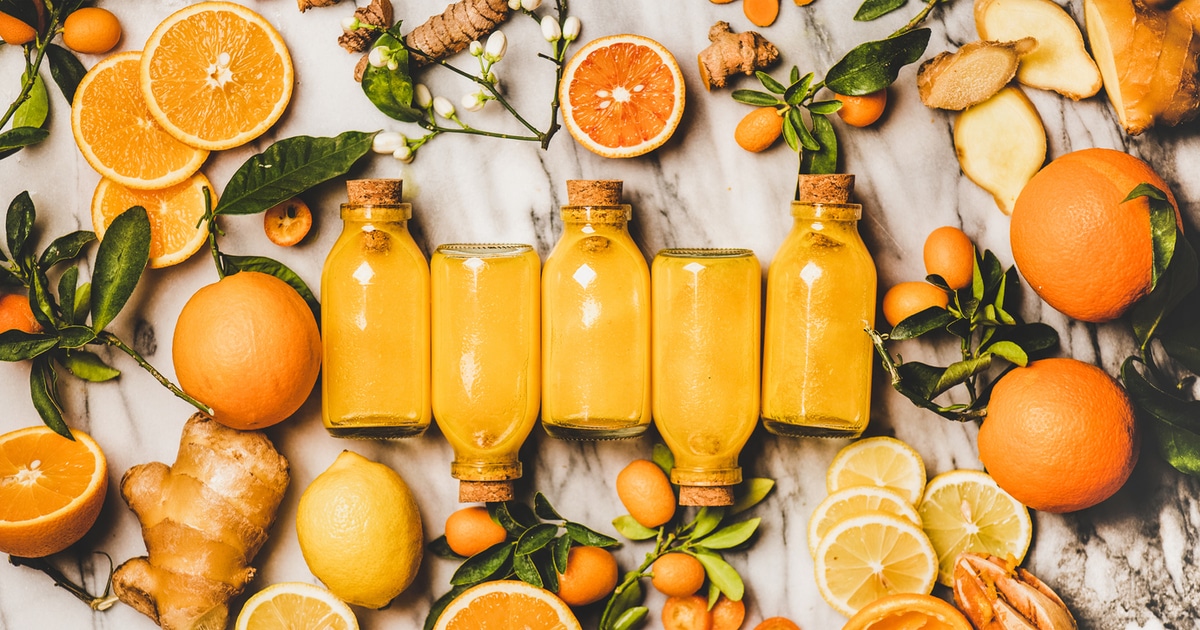


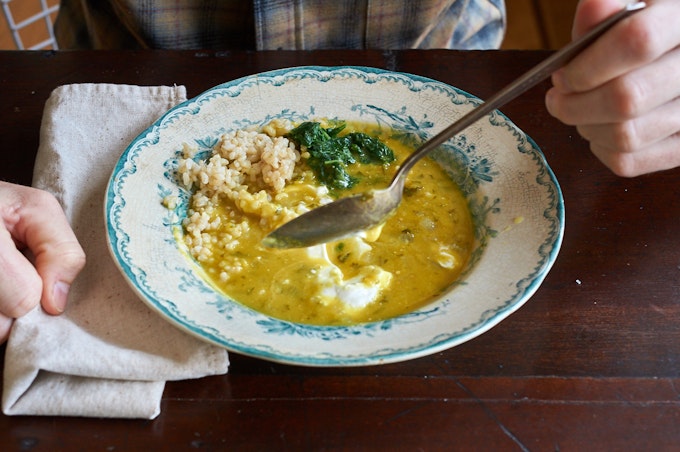






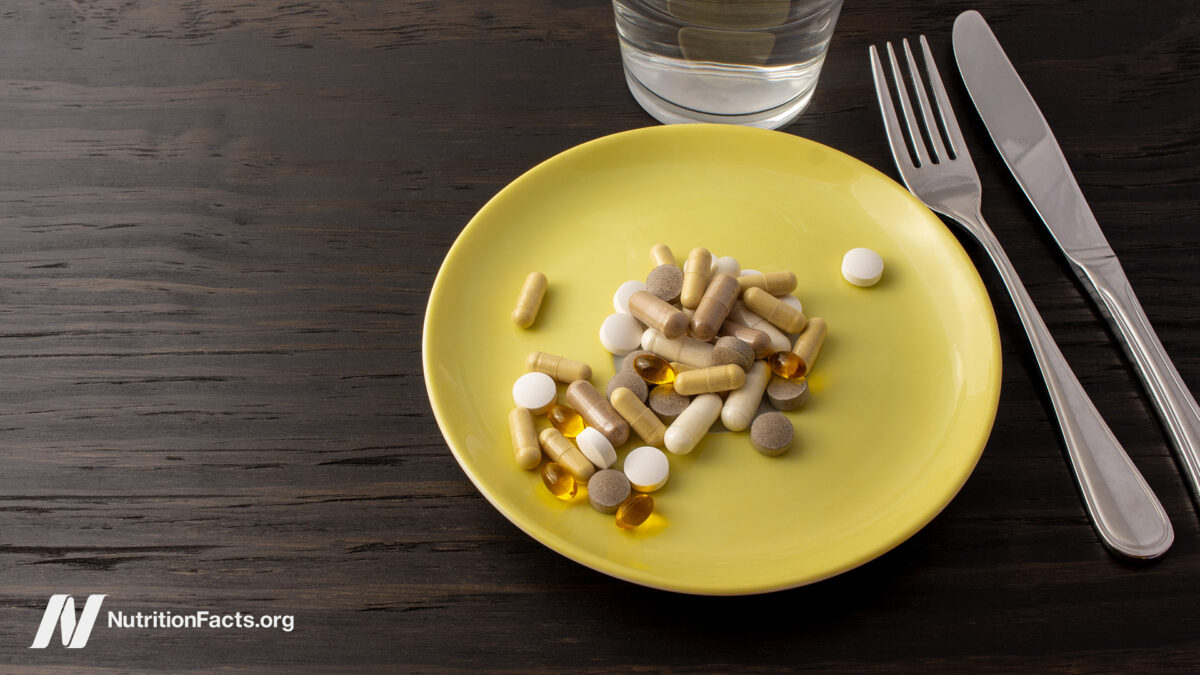
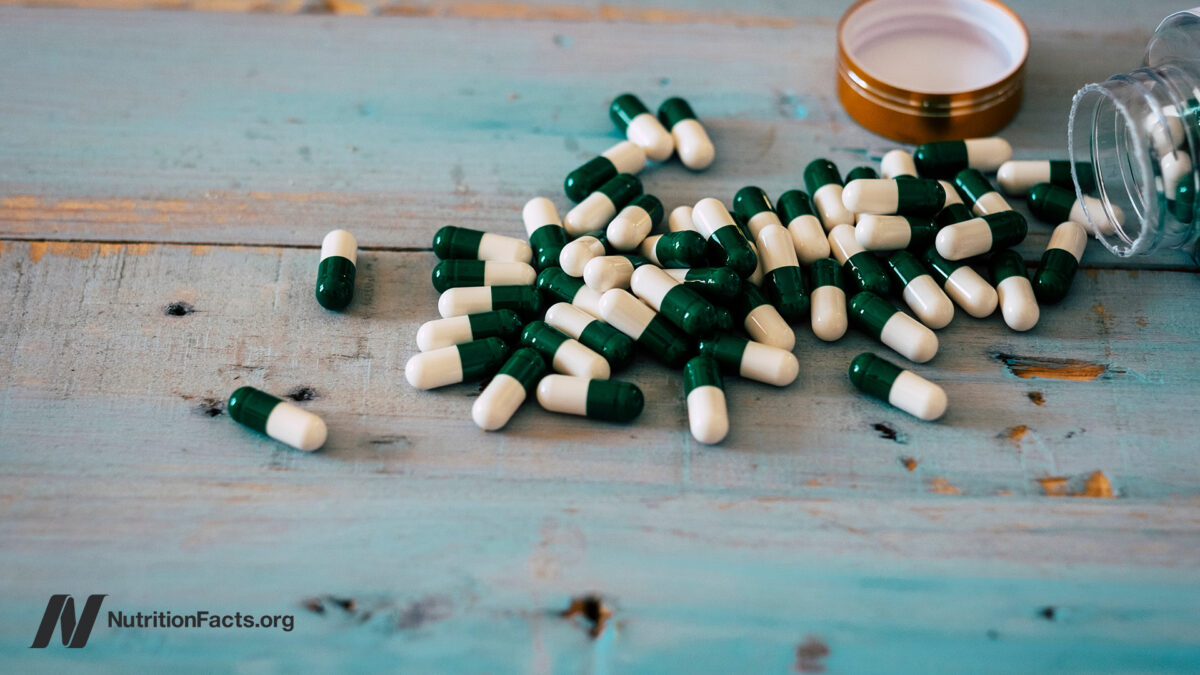
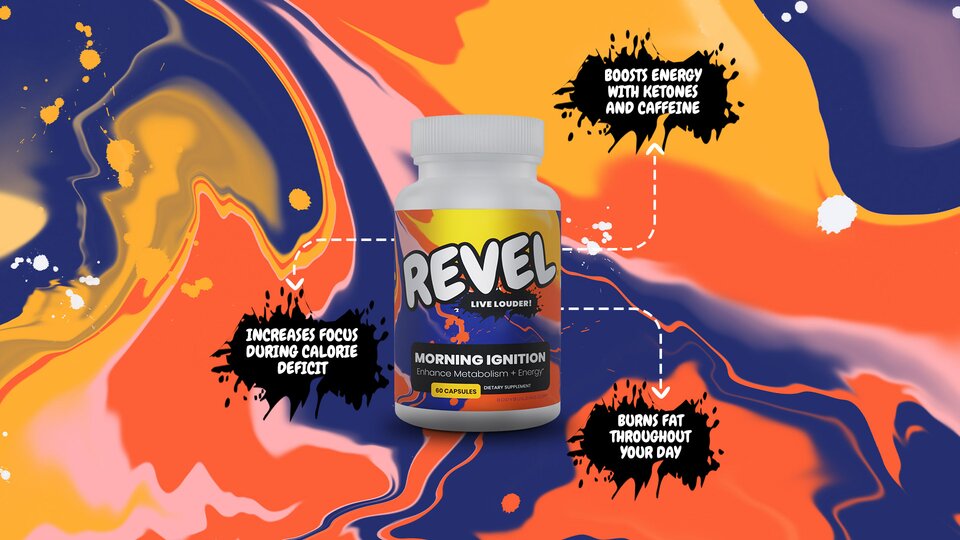
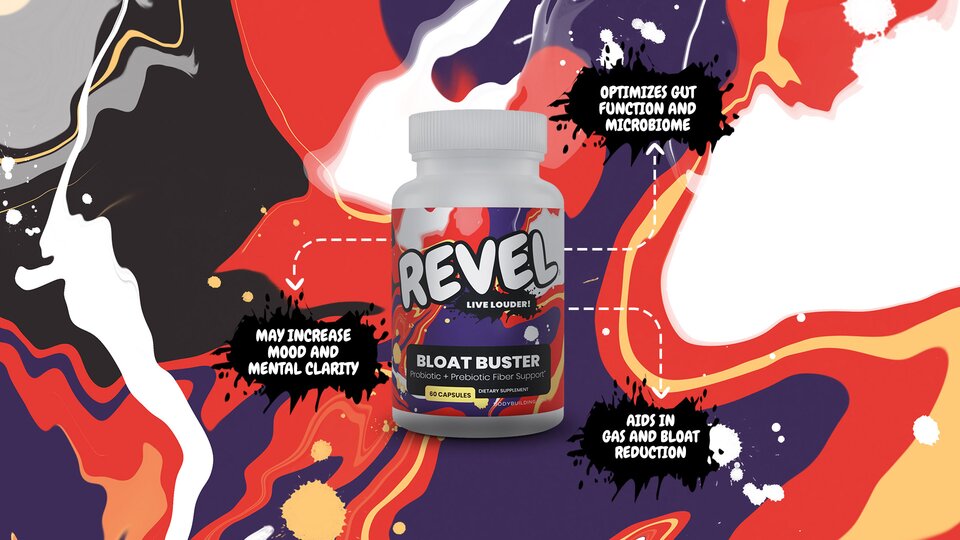
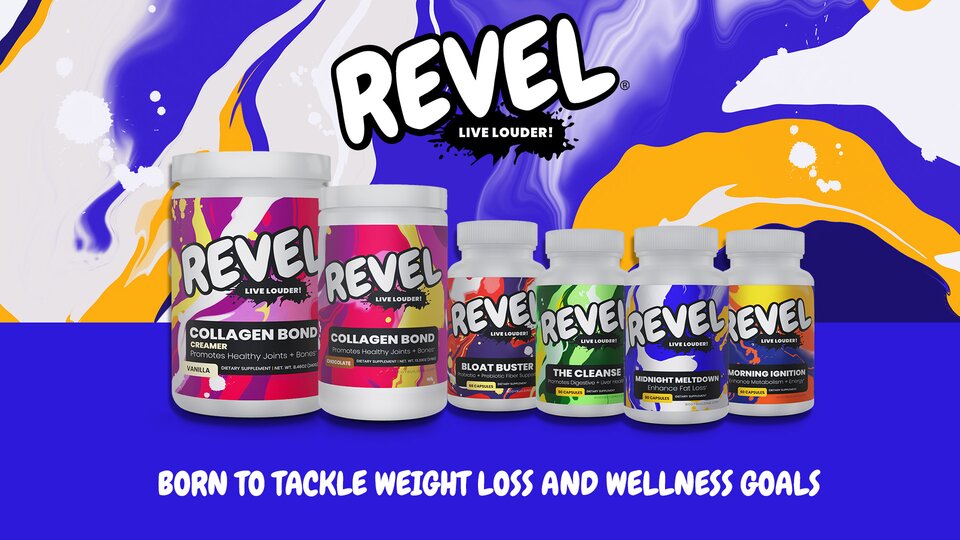
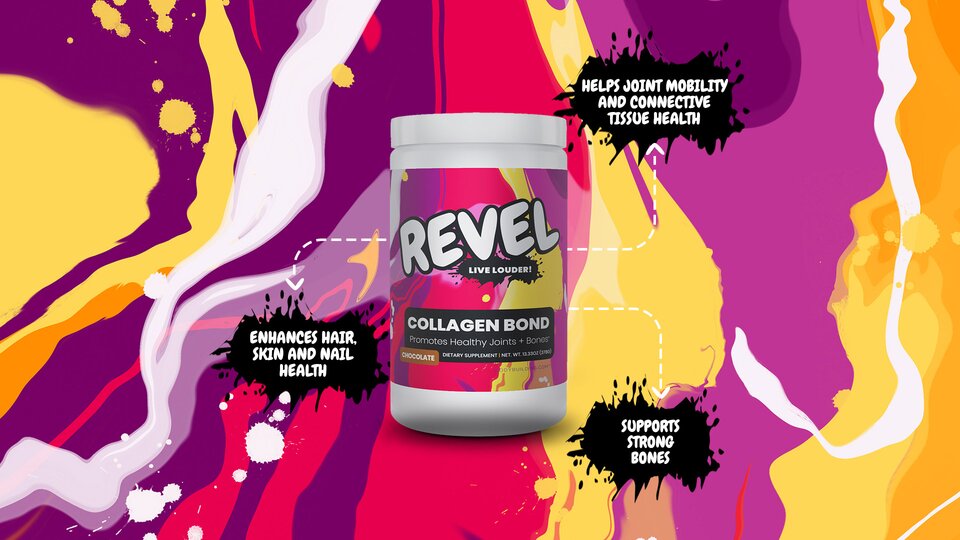
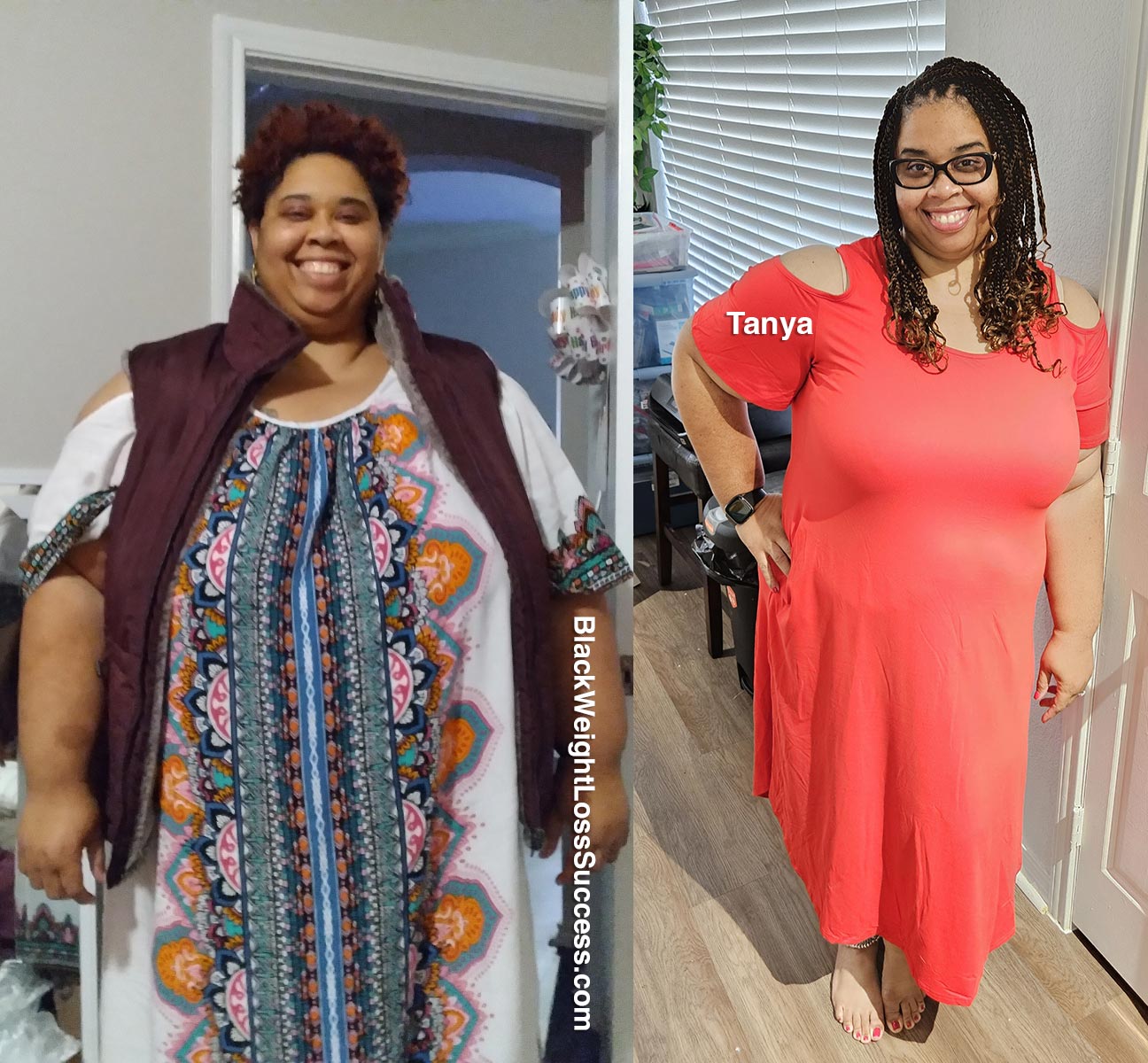
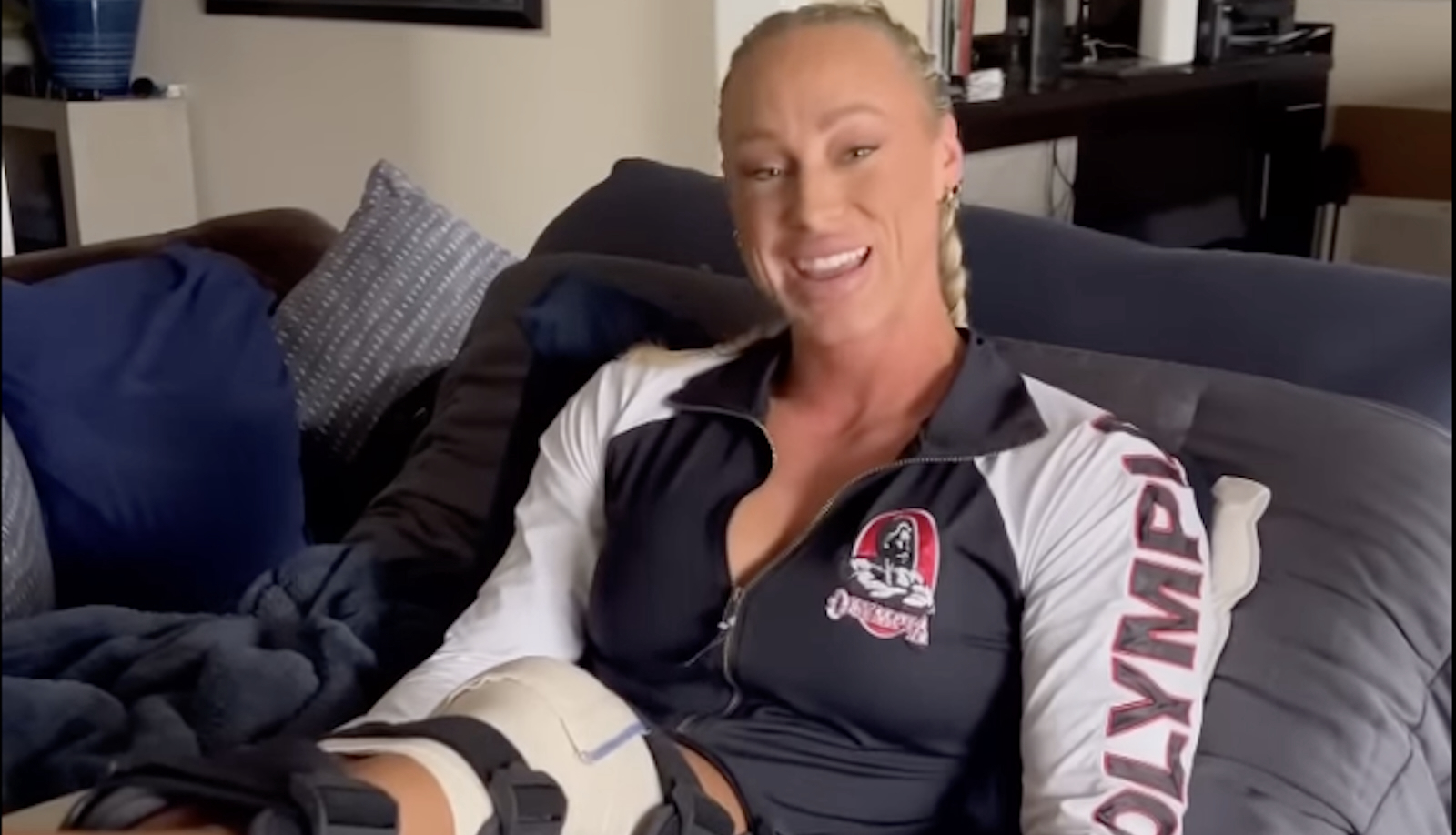















![Why You Should Never Seek Validation From A Man [10 Tips] Why You Should Never Seek Validation From A Man [10 Tips]](https://10bestforwomen.com/wp-content/uploads/2022/06/seek-validation.jpg)
